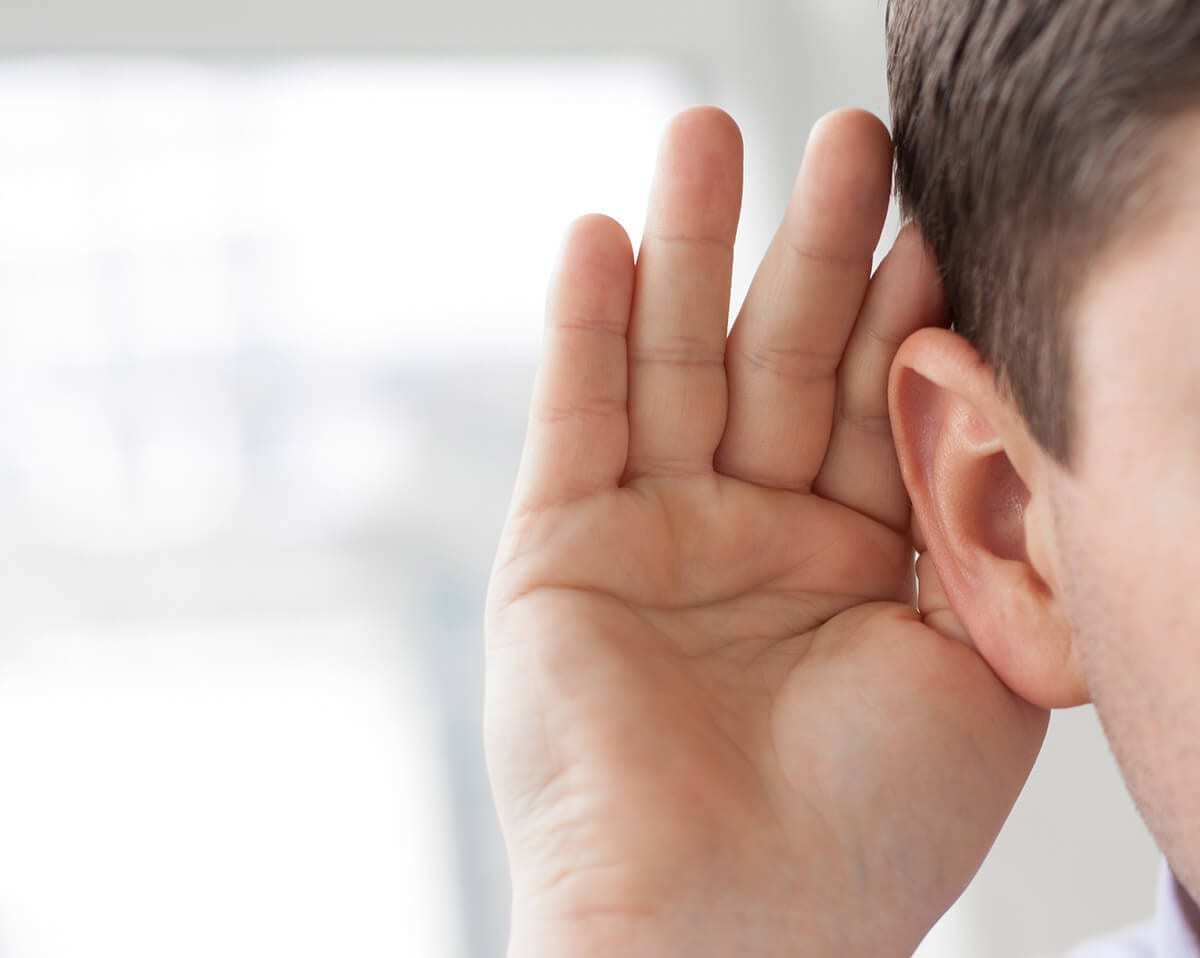Single-sided deafness can create a slew of issues for the person experiencing it. In fact, the California Ear Institute says that losing the function in only one ear severely limits a person’s overall hearing on a variety of levels:
Sound Localization
Basically, your brain knows which direction a sound is coming from by which ear receives the sound first. When you can only hear from one ear, however, you may have difficulty figuring out where the sound originated. This becomes an issue when you’re listening for traffic as you cross the street or when someone calls your name from somewhere in the house.
Hearing in a Noisy Room
Your brain is in charge of selective listening, which is tougher without the aid of a second ear. In a noisy environment, a person with SSD will struggle to focus on a single person’s voice. Crowded places or spaces with too much background noise can make it difficult to hear the conversation right in front of you. It all becomes muddled together when you’re only hearing from one ear.
Cognitive Load
In this context, cognitive load refers to the ability to understand speech while performing other tasks. This can be complicated even for a person with normal hearing. But with SSD, the more noise there is, the longer it takes your brain to focus and complete tasks. If you’re trying to listen to someone speak while completing a task, you are bound to miss a significant amount of what is being said.
Binaural Loudness Summation
The brain “hears” a sound more loudly when it’s perceived through both ears than if the same sound at the same decibel were only perceived through one ear. This is because the brain reads nerves located in both ears and uses this information to process sounds. Thus, all sounds will register as softer or muffled to the person experiencing SSD.
Treatment Options for Single-Sided Deafness
SSD is often treatable through the opposite ear. At Sound Relief Hearing Center, we offer patients several treatment options for single-sided deafness. To determine your need, your audiologist will first perform a hearing test and ask you questions to try to identify the cause of your SSD. Depending on your condition, we typically recommend one of two hearing aids for you:
Contralateral Routing of Sound (CROS) Hearing Aids
CROS hearing aids are recommended when you have normal hearing or minimal hearing loss in the better ear. With a CROS system, a specialized microphone and transmitter are placed in your dead ear. The device picks up sounds and routes them through your head to a receiver in your better hearing ear.
Bilateral Microphones with Contralateral Routing of Sound (BiCROS) Hearing Aids
BiCROS hearing aids are recommended when both ears have hearing loss, but one ear hears substantially better than the other. With a BiCROS setup, the sound is also sent from the poorer hearing ear’s microphone across the head to the better ear. However, the receiver in a BiCROS system amplifies the sound. This allows the user to hear sound from the poorer side, and hear sound from the better side more efficiently.
_____
CROS and BiCROS systems may be wired, wireless, or transcranial. If you are experiencing hearing loss in one ear, explore our treatment options for single-sided deafness today. Our audiologists can also treat tinnitus, hyperacusis, and other auditory issues.
With our unparalleled excellence in the hearing industry, our dedication to patient satisfaction, and our commitment to helping people control and conquer their hearing issues, you can count on Sound Relief Hearing Center for the best solution and support. To learn more about us, please browse our website, visit our Youtube channel, or give us a call at 720-344-7600. You can also schedule an appointment online to meet with one of our audiologists. We look forward to hearing from you!

